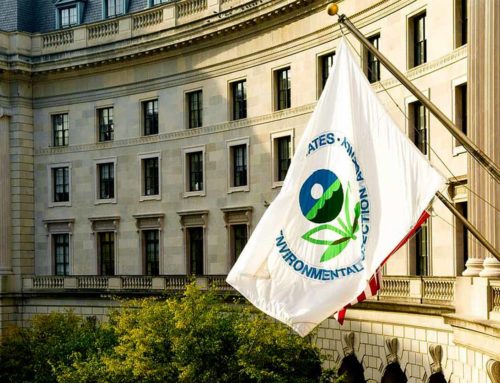On Tuesday, TCS staff testified before the U.S. House of Representatives Committee on Natural Resources, Subcommittee on Water, Wildlife and Fisheries at a hearing entitled: “Why We Need to Store More Water and What’s Stopping Us.” There wasn’t much disagreement about the need for more water in western states. But we were invited to highlight the second part of that title, what is stopping us? Here’s a hint: it’s an unwillingness of those who want more water storage to cover the bill.
You don’t have to be a resident of a western state to understand how important water is to the success of those states. Without irrigation, nearly all modern agriculture from the Great Plains to the Pacific Coast would not exist. Drinking water for most of the more than 80 million people living in the west comes from a complex series of projects to capture and deliver snowmelt and annual flows from every major river. Much of California (and Arizona, Utah, Nevada, etc.) would be inhospitable without modern efforts to capture and deliver water.
Yet despite water being very valuable, it is often not valued by both consumers and managers. Since the creation of the Bureau of Reclamation in 1902, federal taxpayers have invested significantly in the water infrastructure of western states. And in general, these states and regions have gotten a pretty good deal from Uncle Sam. Under reclamation law, the beneficiaries of projects are required to pay for the capital costs of their share of benefits, but the period for repayment is now typically 40 years. The clock for these payments does not start until the project is complete, and even then, projects can deliver water for decades – decades – without being deemed complete. Oh, and agriculture interests pay no interest with those repayments.
Water infrastructure suffers from some of the same problems as other types of infrastructure funded by the taxpayer – the tendency to want to announce shiny, new projects when a better use of tax dollars would be to fix the infrastructure that’s already there.
Focusing solely on construction of new and bigger reservoirs is too narrow, and it is fiscally irresponsible to gamble on an effort focused solely on capturing more water in historically wetter years, as we have seen recently.
California alone has 1400 dams. After aggressive 20th century dam building, the truth is that those sites where the engineering, economic, and political calculations pencil-out the easiest, are mostly built. Most rivers already have numerous dams and adding another doesn’t generate more water; in fact, in some cases it will capture water that was going to be captured by another dam downstream. A dam isn’t a divining rod.
While there is a lot of attention being paid to the enormous recent precipitation events, you can also look at the Colorado River Basin and see enormous empty reservoirs. We can’t cost-effectively build storage to capture all the rain, nor should we. Attempting to do so would result in excess unused storage capacity most years and an underinvestment in tools capable of providing water in years of average precipitation or even drought.
Other more innovative options are likely to produce quicker, more stable returns, at a cheaper cost, including water reuse and recycling, water-use efficiency, and groundwater storage. For example, the Los Angeles Department of Water and Power is working to clean up contaminated groundwater to use the natural aquifer to store water, including recycled water and urban storm water.
The current historically wet year in California should also prompt policymakers to adopt effective water management techniques that pre-date the Bureau of Reclamation and can be effective. Floodplain restoration, temporary flooding of agricultural fields, and mountain meadow preservation and restoration are all tools that can capture precipitation and recharge quickly draining aquifers, at a fraction of the cost of constructing a new large reservoir.
Obtaining and managing water in the public’s interest at a cost that is fiscally responsible is the Western United States’ primary challenge. The recent droughts and long history of the West show that western water users need to use available water better.
And as we told the committee members this week, projects to increase storage capacity in the West are one potential tool, if the numbers work. But the challenge of securing enough water to meet our needs is too important and too complex to tackle with most of our tools left inside the toolbox. Congress needs to look at more efficient use of water currently available, maximizing efficiencies from existing infrastructure, and prioritizing future investments on projects that increase stability and predictability in water availability through diversification of storage.
Too many people look at the days of old and think a costly big dam paid for at taxpayers’ expense is the solution – when in reality – measures like reuse, conservation, floodplain restoration to allow groundwater recharge, off-stream storage, and charging market rates for water is a better solution.
When it comes to ensuring the economic future of western states, we must follow the fiscally prudent path of not putting all our eggs in one basket, or all our hopes for water in one model of water storage.














Get Social